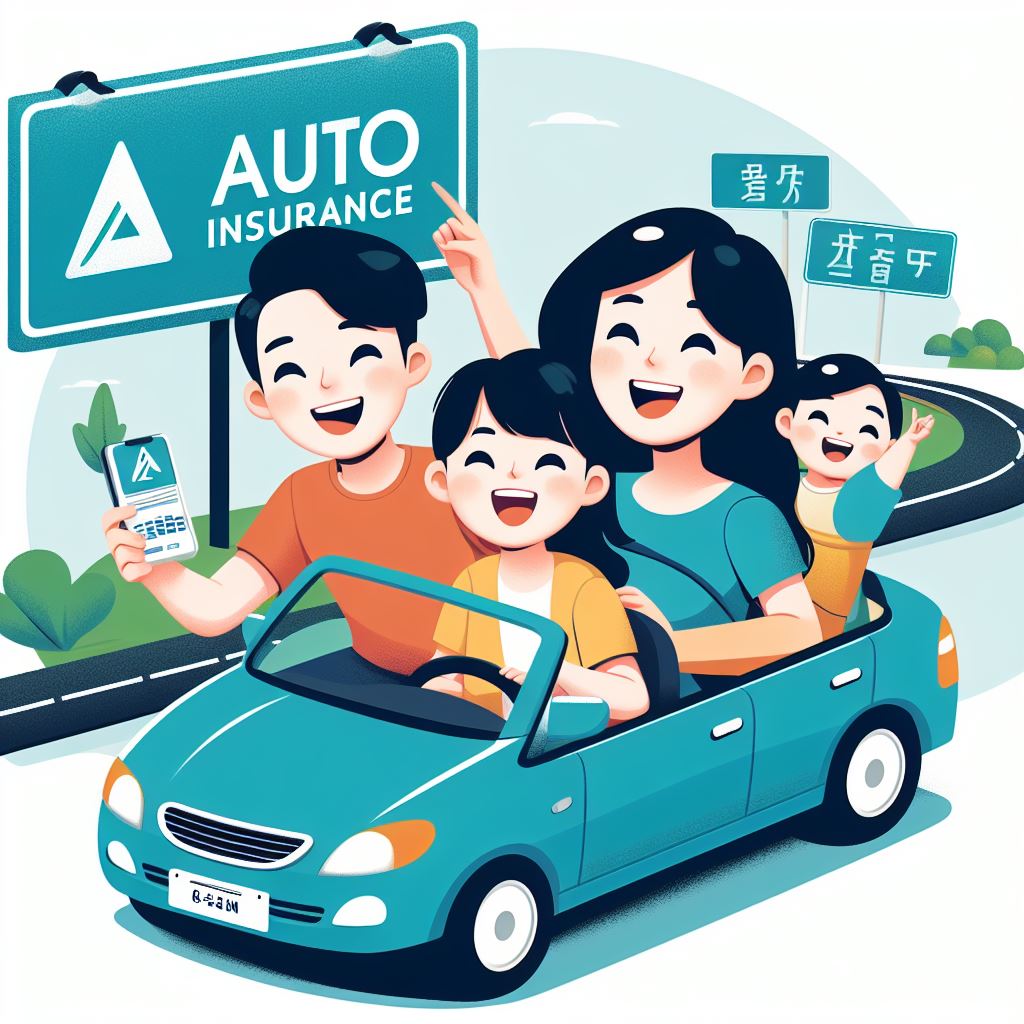
Are There auto insurance in portland Options for High-Risk Drivers?
For high-risk drivers in Portland, obtaining auto insurance can be challenging, but there are options available to ensure they remain compliant with state laws and protected on the road. High-risk drivers are those who have a history of accidents, traffic violations, DUI convictions, or poor credit scores, which can make them ineligible for standard insurance coverage from traditional insurers. However, specialized insurance providers and state-sponsored programs cater to high-risk drivers, offering coverage tailored to their unique needs.
One option for high-risk drivers in Portland is non-standard auto insurance. Non-standard insurance providers specialize in covering drivers with a history of accidents, violations, or other risk factors. While non-standard policies typically come with higher premiums than standard Portland or car insurance, they provide a vital lifeline for drivers who may struggle to find coverage elsewhere.
Additionally, high-risk drivers in Portland can explore state-sponsored insurance programs designed to provide affordable coverage to individuals who are unable to obtain insurance through the voluntary market. In Oregon, the Oregon Automobile Insurance Plan (OAIP) serves as the state's residual market mechanism, offering coverage to high-risk drivers who have been denied coverage by traditional insurers. Through OAIP, drivers can access the minimum required coverage to legally operate a vehicle in Oregon.